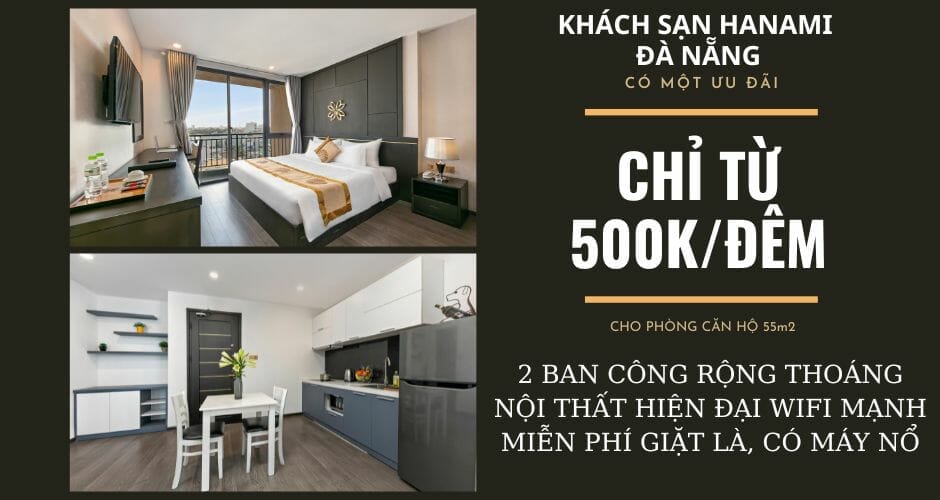When arriving in Hoi An, many are immediately taken by the charm of the city. Hoi An Ancient Town still has its own distinct beauty lying in every street corner, every roof, and even in the small streets. This place has an ancient grace with features that cannot be found anywhere else. The soul of the city can be understood when visiting Hoi An temples and pagodas. These sacred places and temples in this city have been with the locals for a long time, indicating that the people here are kind-hearted and inclined toward good. Follow Hanami’s article “Top 15 Must-Visit Hoi An Temples & Pagodas” to find out more!
Top 15 Must-Visit Hoi An Temples and Pagodas
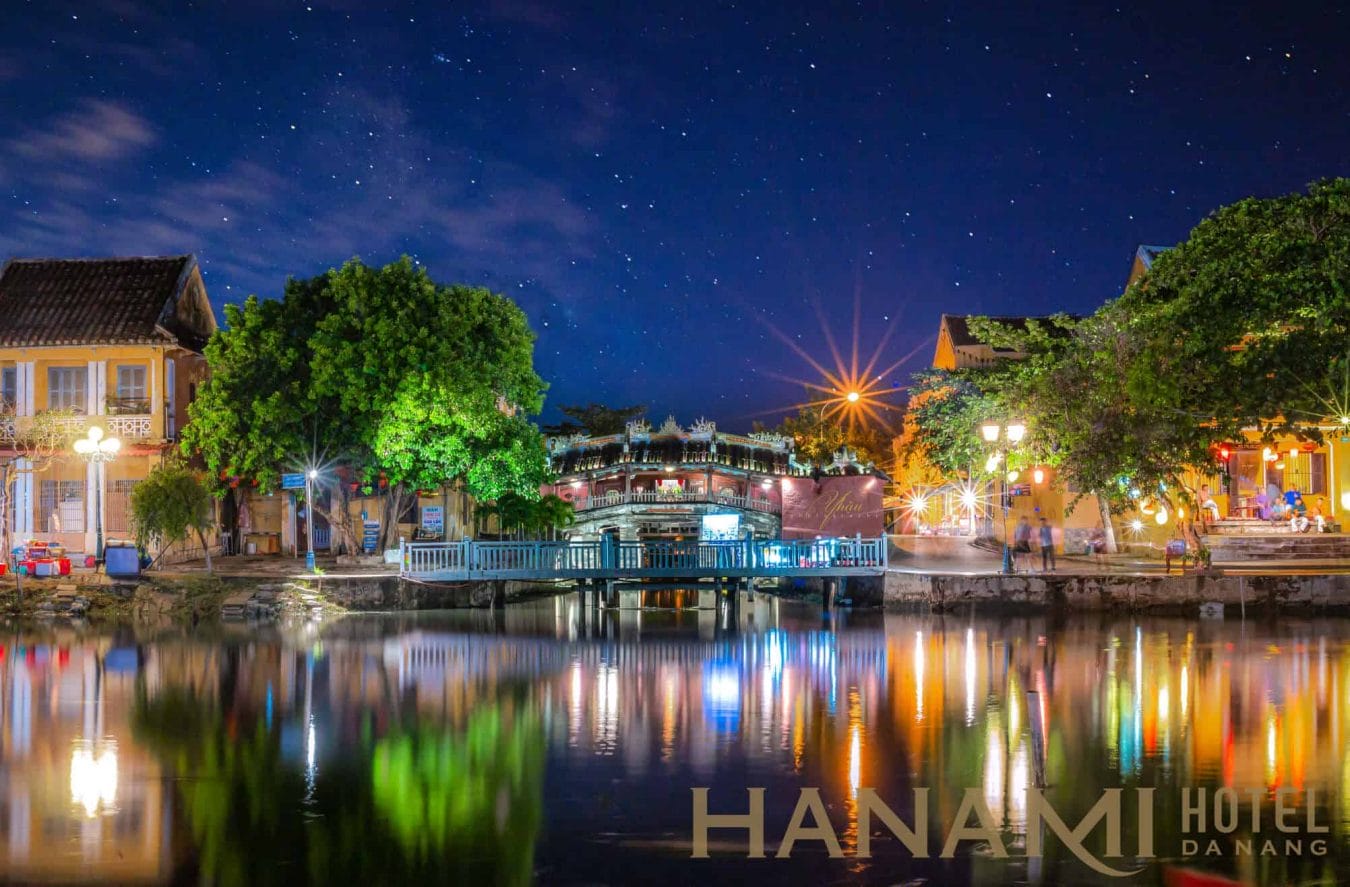
Buddhist temples, which have been present in Hoi An for a long time, are an important cultural feature. Find out more about Hoi An’s most famous and sacred temples with this article!
Japanese Covered Bridge (Bridge Pagoda)
- Address: Nguyen Thi Minh Khai Street, Minh An Ward, Hoi An City, Quang Nam Province
Japanese Covered Bridge
The Japanese Covered Bridge, also known as Lai Vien Kieu, is a temple that has existed in the old town for hundreds of years. This Hoi An temple will undoubtedly be familiar to everyone, as it is depicted on the front of our country’s 20,000 VND bill. The Japanese Covered Bridge, although being built in Hoi An, Vietnam, is the harmonic and the perfect combination between Vietnamese, Japanese and Chinese culture. Ever since its existence, the Japanese Covered Bridge has become a cultural symbol of the Eastern area, creating such an important trademark to the architecture of the Bridge in particular and Hoi An ancient town in general. Hoi An Cau Pagoda has a distinct beauty at all times of day; if you have the opportunity to visit, you will feel extremely unique and excited!
Ba Mu Temple
- Address: 675 Hai Ba Trung, Hoi An City, Quang Nam Province

Located not far from Lai Vien Kieu, Ba Mu Pagoda is also well-known and a gorgeous check-in Hoi An location that many young people nowadays adore. This temple includes a three-way gate with stunning Asian-inspired architecture. The natural scenery surrounding the temple is full of poetic, captivating people. Especially in front of the temple gate, there is a large lotus pond with crystal-clear water, giving you a very beautiful area to take photos.
Quan Cong Temple (Ong Pagoda)
- Address: 24 Tran Phu Street, Cam Chau Ward, Hoi An City, Quang Nam Province
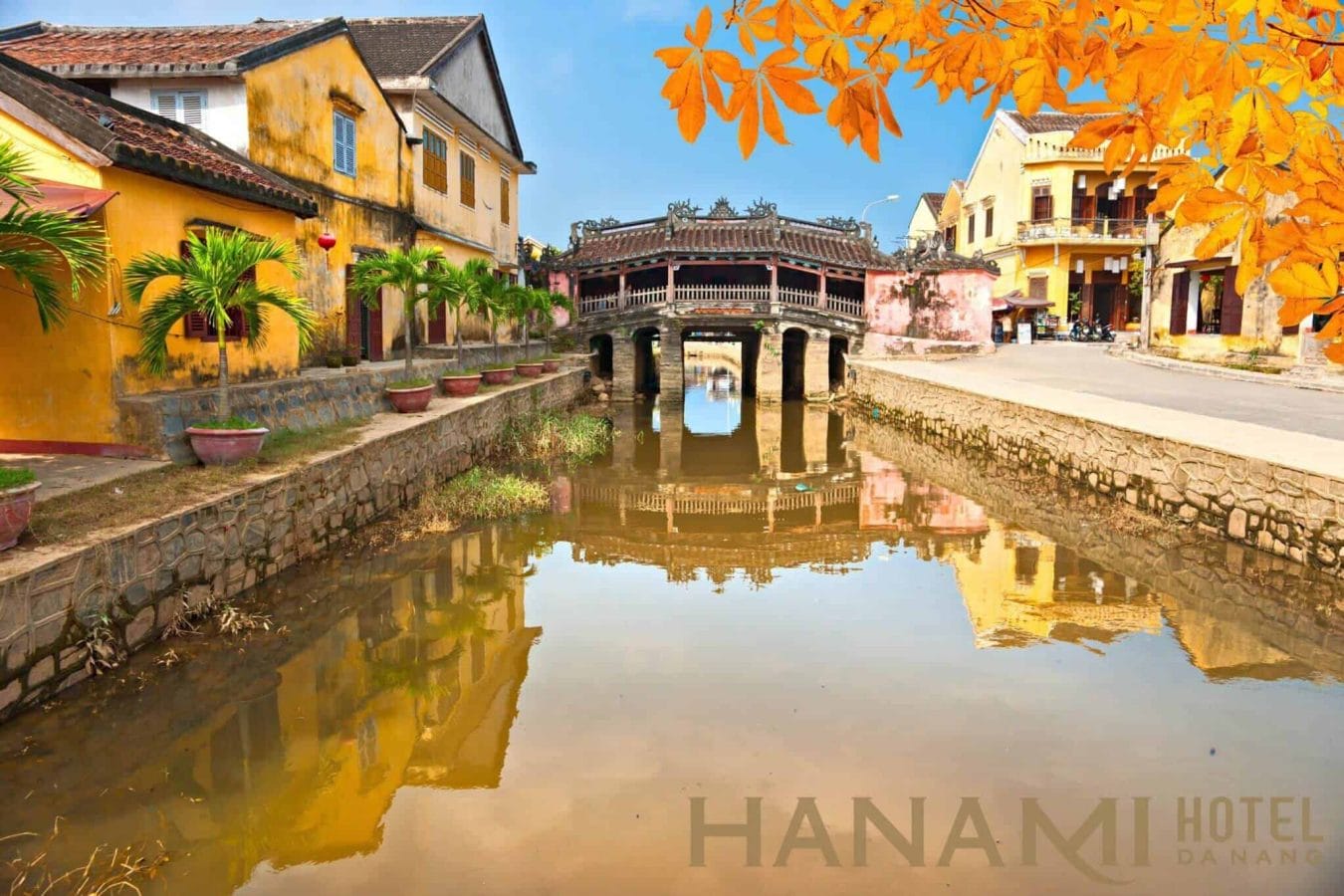
As a traditional landmark, the Ancient Town of Hoi An – a UNESCO World Heritage Site – is well-known for its spiritual charms given the mysterious beauty and sacred shrines. Notably, Quan Cong Temple is one of the most famous holy sites with a long history, ensuring an unforgettable experience for those seeking architectural and cultural delights in Hoi An.
Quan Cong Temple, also known as Ong Pagoda (Quan Công Miếu or Chùa Ông in Vietnamese), was established in 1653 by Chinese immigrants in Hoi An. The temple is a place of worship devoted to an esteemed Chinese military general – Quan Cong , known as Quan Van Truong (Quan Vu) in Vietnamese. You will be able to see firsthand the unique design painted on the entrance and carved on the temple’s roof as soon as you enter the Hoi An temple’s gate. These patterns are embellished with stunning hues. There are many unique statues and works of art dating back to the 17th century inside Hoi An Ong Pagoda.
Phuc Kien Assembly Hall
- Address: 46 Tran Phu Street, Cam Chau Ward, Hoi An, Quang Nam Province
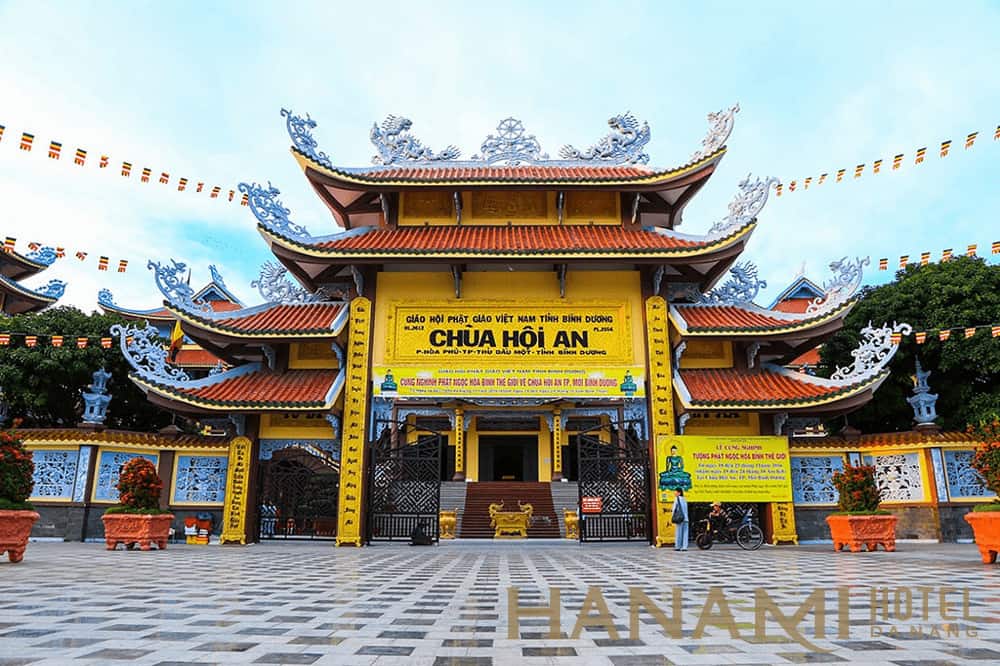
As a relic of religion and belief in Hoi An, Phuc Kien is one of the favorite sightseeing places that you must check in when traveling to Hoi An. It is not only the solemn worship site but also a trading clubhouse of the Chinese merchants. Phuoc Kien is one of the three famous assembly halls that still exist in the ancient town of Hoi An nowadays. Among Hai Nam, Quang Dong, and Trieu Chau, Fujian is also the most beautiful assembly hall here.
Van Duc Pagoda
- Address: Dong Na, Cam Ha Ward, Hoi An City, Quang Nam Province
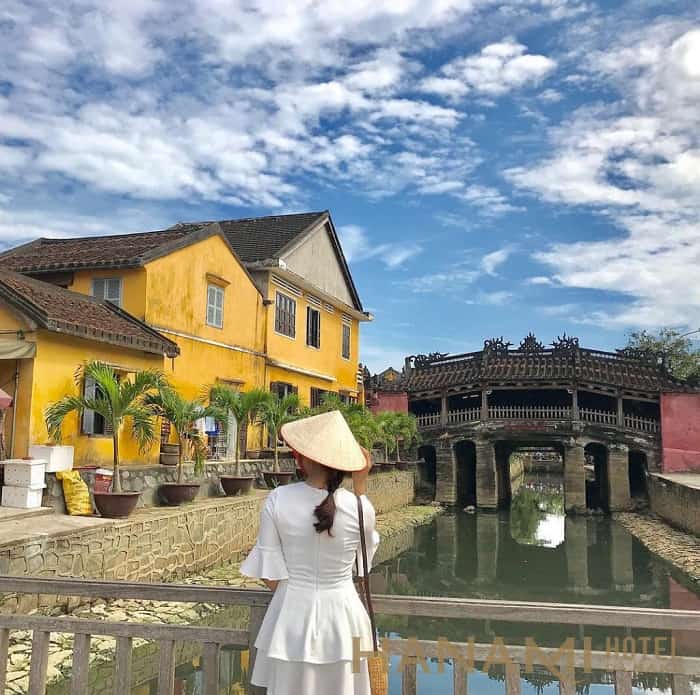
Van Duc Pagoda, located 5 kilometers north of Hoi An city center, is a popular spiritual destination for both indigenous people and tourists from all over the world.
Although it was built up to four centuries ago, many artifacts, scriptures, and statues associated with the history of the formation and development of Buddhism in Hoi An can still be found inside the pagoda.
An Lac Pagoda
- Address: Nguyen Du Street, Thanh Ha Ward, Hoi An City, Quang Nam Province

The An Lac Pagoda is located on the banks of the Thu Bon River, approximately 4 kilometers from Hoi An. Built in 1966, the temple initially had a very small area that served as the primary location for teaching and raising orphans. After its long history, this Hoi An temple has been repaired and renovated, becoming a famous Buddhist temple in Hoi An and attracting many Buddhists from all over the world to study and admire it.
Phap Bao Temple
- Address: 7 Hai Ba Trung Street, Tam Quan Commune, Hoi An City, Quang Nam Province
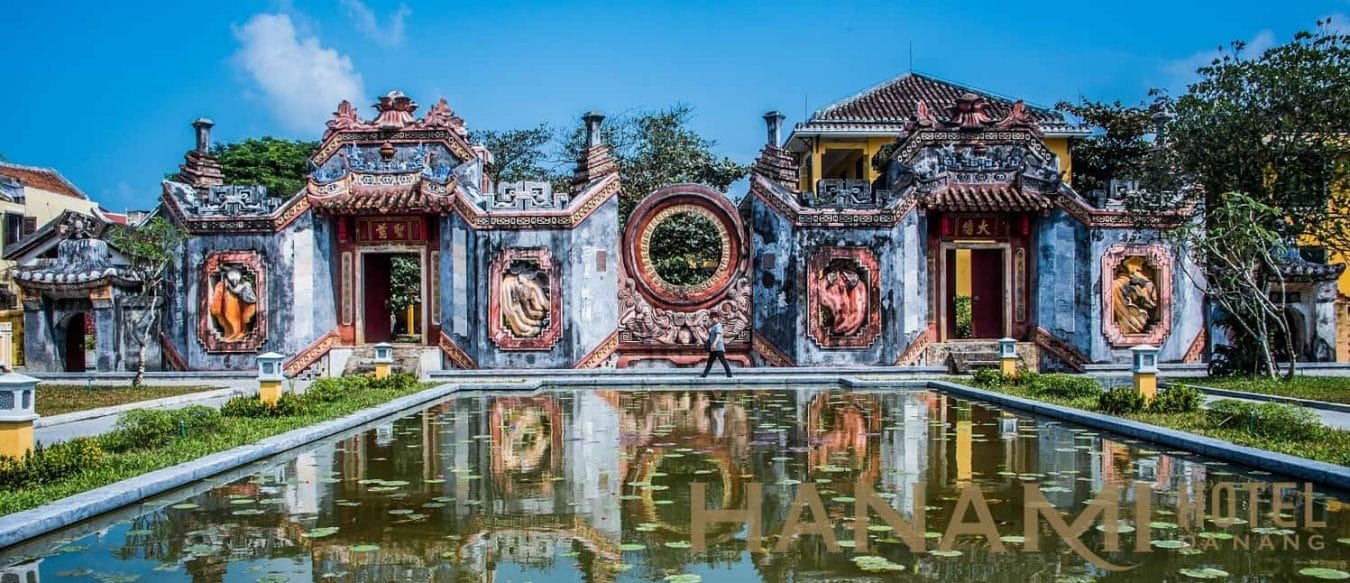
This is a world cultural heritage temple, so many domestic and international tourists visit and worship here. The temple opens daily to welcome visitors from all over the world to study religion with rituals and pray for peace in marriage. Annually, the pagoda organizes a month-long sowing retreat so that those who love the pure lifestyle of Zen subjects can participate in the practice of monastic life.
Phuoc Lam Pagoda
- Address: Le Hong Phong Street, Cam Ha Ward, Hoi An City, Quang Nam Province
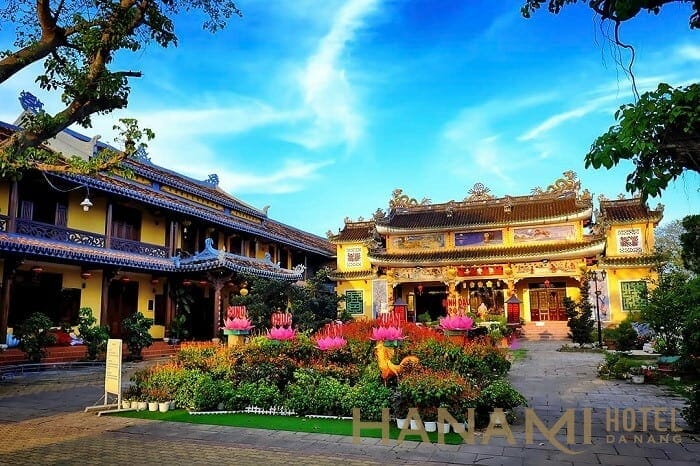
Hoi An Phuoc Lam Pagoda is now nearly two centuries old, and despite many ups and downs, it retains its quiet and ancient features. This location has become an extremely popular spiritual tourist destination, contributing significantly to the land of Hoi An. The temple is a peaceful place for the people of Hoi An. Hence, if you seek something new to satisfy yourself, please come to this pagoda.
Vien Giac Pagoda
- Address: 48 Hung Vuong Street, Cam Pho Ward, Hoi An City, Quang Nam Province

Vien Giac Pagoda, one of the ancient temples recognized as a national historical relic, is located in Cam Pho ward. The pagoda was built in the architectural style of China.
Along with the nation’s history, the pagoda was the cradle of the struggles for religious freedom and national independence in times of legal crisis. It is also a place of consolation and comfort for the people in this time of national turmoil. Therefore, young generations often learn the ups and downs that their forebears have gone through and commemorate the merits and virtues of their predecessors.
Chuc Thanh Temple
- Address: District 7, Tan An Ward, Hoi An City, Quang Nam Province
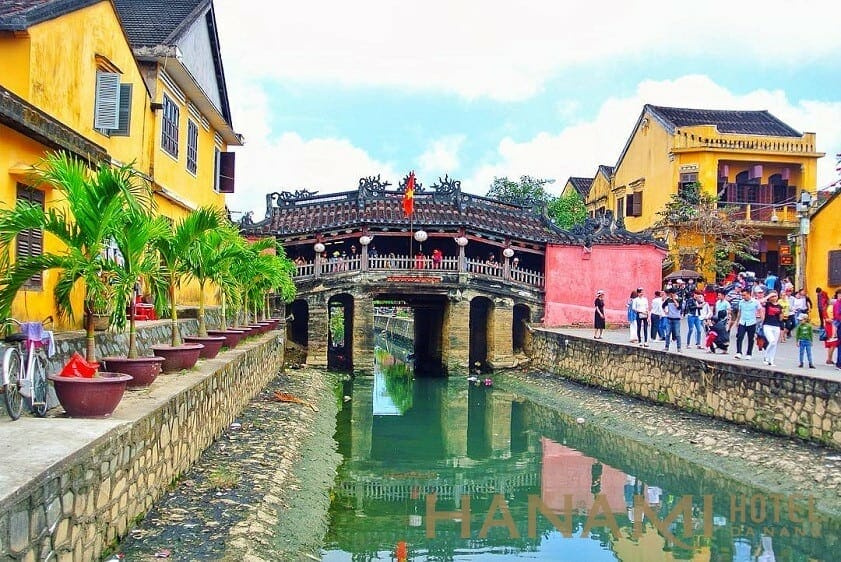
Located in Tan An Ward, with more than 300 years, Chuc Thanh Pagoda is one of the famous ancient temples. Although there are no longer sandy beaches or green hills fluttering in the wind outside the temple, the temple garden still retains its ancient appearance thanks to the old trees. The pagoda has the common architectural style of temples, with sculptures and carvings typical of Vietnamese and Chinese cultures. The pagoda has a system of worshiping statues carved meticulously and delicately, worthy of beautiful works of art.
Hai Tang Pagoda
- Address: Cham Islands, Hoi An City, Quang Nam Province

Leaning against a mountain and facing a wide valley on the Cham Islands, Hoi An Hai Tang Pagoda is in a very ideal position. This temple in Hoi An was built to meet the spiritual and religious needs of the island’s majority. All statues in Hai Tang pagoda were made from wood instead of bronze and gold statues today. As time passed, after about 260 years, Hai Tang pagoda still remains the original ancient appearance. This pagoda is also a popular destination for traders and tourists from all over the world who come to pray for good fortune and peace in their lives.
My Son Sanctuary
- Address: My Son village, Duy Tan commune, Duy Xuyen district
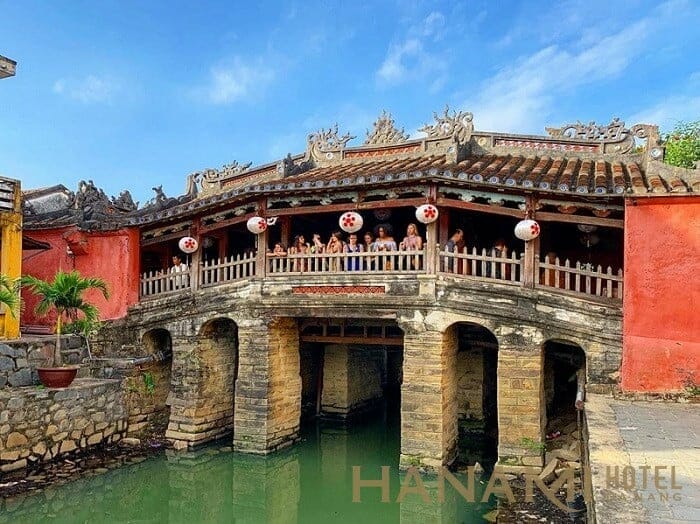
My Son Sanctuary is a relic complex that includes many ancient Champa temples and is surrounded by mountains that all have the same message of bringing wild beauty. The My Son Sanctuary has many different architectural features, but the most outstanding are the stone carvings, Siva statues, Cham Pa dancer sculptures, and the ancient towers carved immaculately and meticulously.
Bao Thang Temple
- Address: 217 Nguyen Huy Hieu Street, Cam Chau Ward, Quang Nam Province

The Bao Thang Pagoda in Hoi An is a well-known attraction with a stunning location, poetic scenery, and airy and cool temple grounds. Visitors who come here to worship will take in fresh air and find peace in their hearts.
Nam Quang Temple
- Address: 430 Cua Dai, Cam Chau Ward, Quang Nam Province

Nam Quang Pagoda is another very unique spiritual tourist destination in Hoi An that you should definitely visit. Nam Quang Pagoda is a large-scale temple in Hoi An, built in 1969, with the architecture of the Nam Tong Pagoda combining Thailand and Cambodia. The relic tower, the statue of the god bird, is located on the roof of Nam Quang Pagoda. The columns are delicately carved, and the worship space is still very dignified and sacred.
Linh Ung Pagoda
- Address: Hoa Hai Ward, Ngu Hanh Son District, Da Nang City

Linh Ung Pagoda is located about 18 kilometers north of Hoi An city and is one of the most popular tourist attractions in Da Nang and Hoi An. This temple has the longest history of the three Linh Ung pagodas in Da Nang. When you visit this location, you will be able to experience and discover the unique and sacred architecture, as well as admire the poetic and charming scenes.
Everything you need to know when visiting Hoi An Pagodas
Everything you need to know when visiting Hoi An Pagodas

When visiting temples in Hoi An, keep the following points in mind:
- Walk quietly, speak softly, and avoid making loud noises.
- To pay respects, clothing must be appropriate and discrete.
- When visiting temples, purchase simple rituals and only vegetarian offerings.
- When performing an offering ceremony, you should follow the temple’s rules and instructions, avoid placing ceremonies, and arrange flowers indiscriminately.
- As much as possible, avoid burning incense in the main hall and temples surrounding the temple.
What is included in temple offerings?
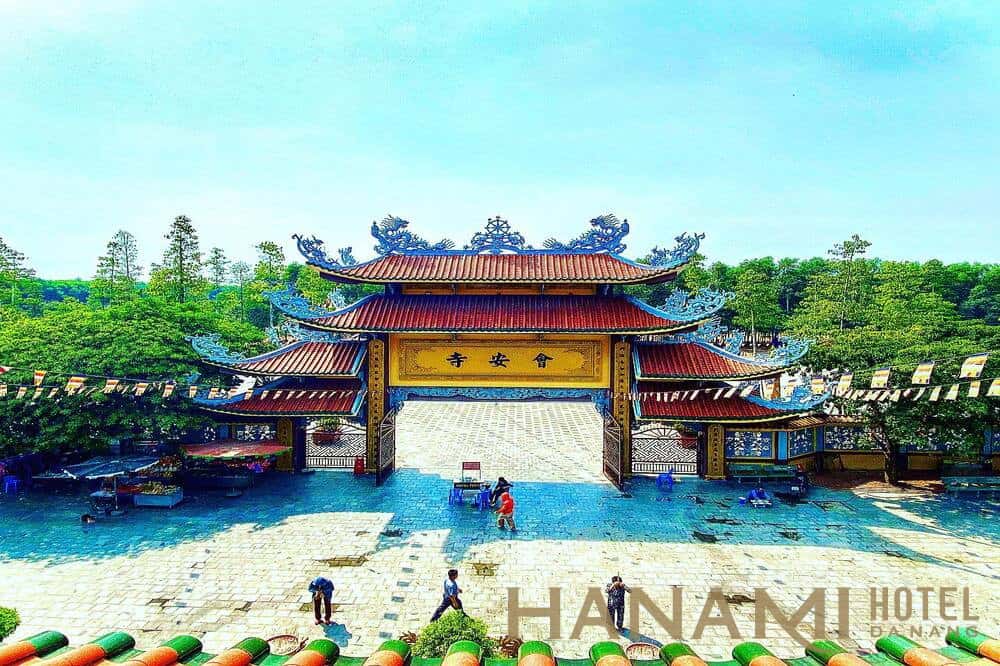
- When going to Hoi An Pagoda, you only need to offer incense and buy offerings for the Buddha, which is a vegetarian ceremony including: incense, fresh, ripe fruit that does not rot, fresh flowers, Chung cake, candy, tea,… Absolutely do not buy savory foods including pork, buffalo, chicken, beef, sausage,…
- Usually, the purchase of savory foods (chicken, sausage, wine, betel nut, areca, banh chung, incense, etc.) can only be accepted when in the temple there is worship of Saints, Mothers and Monsignors, these are the ones who worship. God governs the entire temple, and remember that offerings can only be made at that altar or shrine, but absolutely not at the Buddha’s altar.
- It is forbidden to offer savory food in the area of the Buddha temple because this is the main hall where the main worship place of the temple is.
- The way to buy the ceremony to pray for lasting love includes betel nuts, fresh flowers, sweets, white sticky rice, or banh chung, a piece of spring rolls, white wine, gold coins, and money at will.
The top 15 Hoi An temples and pagodas are listed above so that you can have the best experience possible when visiting these sacred sites. Furthermore, when visiting Hoi An, you can also visit many other interesting places. We wish you a wonderful trip to this old town!
Về tác giả:
Chúng tôi không kiếm lợi nhuận từ nội dung đăng tải. Các bài viết đều được biên soạn và kiểm duyệt bởi đội ngũ tác giả và biên tập viên của công ty TNHH du lịch khách sạn Hana. Xem thêm: về tác giả




